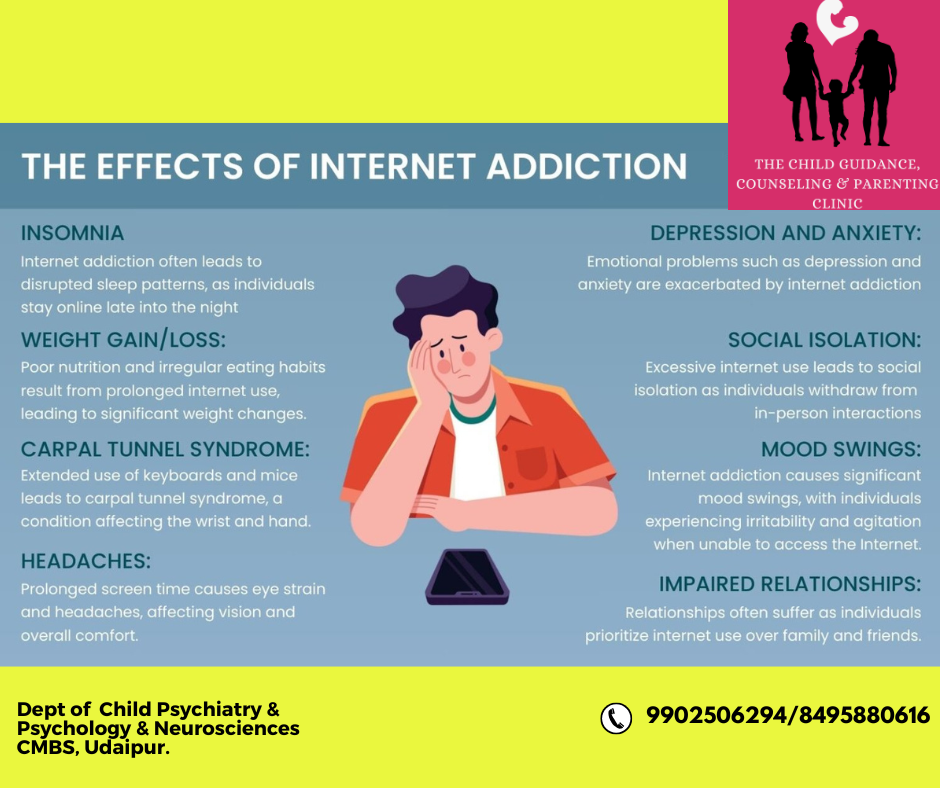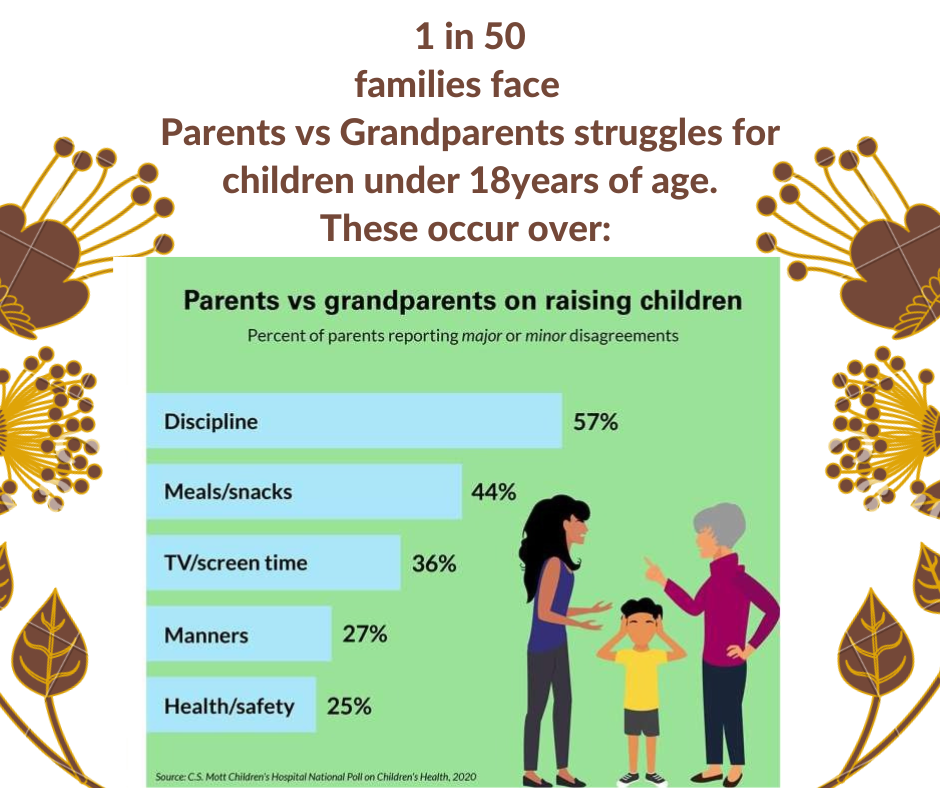Adolescent and Teenage Mental Health Services in Udaipur
One in six people are aged 10–19 years. Adolescence is a unique and formative time. Physical, emotional and social changes, including exposure to poverty, abuse, or violence, can make adolescents vulnerable to mental health problems. Protecting adolescents from adversity, promoting socio emotional learning and psychological well-being, and ensuring access to mental health care are critical for their health and well-being during adolescence and adulthood.
Globally, it is estimated that one in seven (14%) of 10–19-year-olds experience mental health conditions, yet these remain largely unrecognized and untreated.
Adolescents with mental health conditions are particularly vulnerable to social exclusion, discrimination, stigma (affecting readiness to seek help), educational difficulties, risk-taking behaviours, physical ill-health and human rights violations.
We at CGC Udaipur have a team of teenage counsellor and adolescent mental health doctors to help you and your child with any of the emotional or addiction related issues.


Mental health determinants of teenagers
Adolescence is a crucial period for developing social and emotional habits important for mental well- being. These include adopting healthy sleep patterns; exercising regularly; developing coping, problem-solving, and interpersonal skills; and learning to manage emotions. Protective and supportive environments in the family, at school and in the wider community are important.
Multiple factors affect mental health. The more risk factors adolescents are exposed to, the greater the potential impact on their mental health. Factors that can contribute to stress during adolescence include exposure to adversity, pressure to conform with peers and exploration of identity. Media influence and gender norms can exacerbate the disparity between an adolescent’s lived reality and their perceptions or aspirations for the future. Other important determinants include the quality of their home life and relationships with peers. Violence (especially sexual violence and bullying), harsh parenting and severe and socioeconomic problems are recognized risks to mental health.
Emotional disorders in adolescence/teenagers
Emotional disorders are common among adolescents. Anxiety disorders (which may involve panic or excessive worry) are the most prevalent in this age group and are more common among older than among younger adolescents. It is estimated that 4.4% of 10–14-year-olds and 5.5% of 15–19-year- olds experience an anxiety disorder. Depression is estimated to occur among 1.4% of adolescents aged 10–14 years, and 3.5% of 15–19-year-olds. Depression and anxiety share some of the same symptoms, including rapid and unexpected changes in mood.
Anxiety and depressive disorders can profoundly affect school attendance and schoolwork. Social withdrawal can exacerbate isolation and loneliness. Depression can lead to suicide.
Behavioural disorders in adolescence
Behavioural disorders are more common among younger adolescents than older adolescents. Attention deficit hyperactivity disorder (ADHD), characterized by difficulty paying attention and/or excessive activity and acting without regard to consequences, occurs among 2.9% of 10–14-year-olds and 2.2% of 15–19-year-olds. Conduct disorder (involving symptoms of destructive or challenging behaviour) occurs among 3.5% of 10–14-year-olds and 1.9% of 15–19-year-olds. Behavioural disorders can affect adolescents’ education and increases the risk of criminal behaviour.
Eating disorders in adolescence
Eating disorders, such as anorexia nervosa and bulimia nervosa, commonly emerge during adolescence and young adulthood. Eating disorders involve abnormal eating behaviour and preoccupation with food, accompanied in most instances by concerns about body weight and shape. Girls are more commonly affected than boys. Eating disorders can affect physical health and often co-exist with depression, anxiety and substance use disorders. They occur in an estimated 0.1% of 10–14-year-olds and and 0.4% of 15–19-year-olds. They are associated with suicide. Anorexia nervosa can lead to premature death, often due to medical complications or suicide, and has higher mortality than any other mental disorder.
Psychosis in adolescence
Conditions that include symptoms of psychosis most commonly emerge in late adolescence or early adulthood. Symptoms can include hallucinations or delusions. These experiences can impair an adolescent’s ability to participate in daily life and education and often lead to stigma or human rights violations. Schizophrenia occurs in 0.1% of 15–19-year-olds.
Suicide is the third leading cause of death in older adolescents and young adults (15–29 years). Risk factors for suicide are multifaceted, and include harmful use of alcohol, abuse in childhood, stigma against help-seeking, barriers to accessing care and access to means of suicide. Digital media, like any other media, can play a significant role in either enhancing or weakening suicide prevention efforts.
Risk-taking behaviours in adolescence
Many risk-taking behaviours for health, such as substance use or sexual risk-taking, start during adolescence. Risk-taking behaviours can be an unhelpful strategy to cope with emotional difficulties and can severely impact an adolescent’s mental and physical well-being.
Young people are especially vulnerable to developing harmful substance use patterns that can persist across the lifespan. In 2019, the prevalence of alcohol use among 15–19-year-olds was high worldwide (22%) with very few gender differences, and showing an increase in consumption in some regions.
The use of tobacco and cannabis are additional concerns. Many adult smokers had their first cigarette prior to the age of 18 years. In 2022, the prevalence of cannabis use among adolescents was higher than that of adults globally (5.5 per cent compared with 4.4 per cent, respectively).
Perpetration of violence is a risk-taking behaviour that can increase the likelihood of low educational attainment, injury, involvement with crime or death. Interpersonal violence was ranked among the leading causes of death of older adolescents in 2021.
Internet / Gadget Addictions & Gaming disorders
Internet addiction is when a person has a compulsive need to spend a great deal of time on the Internet, to the point where other areas of life (such as relationships, work or health) are allowed to suffer. The person becomes dependent on using the Internet and needs to spend more and more time online to achieve the same ‘high’.
There is a range of behaviours that can be referred to as Internet addiction. Other terms for this addiction include Internet addiction disorder (IAD) and net addiction.
Generally speaking, surveys suggest that males who are addicted to spending time online tend to prefer viewing pornographic websites, while females are attracted to chat rooms for making platonic and cybersexual relationships.
Signs of Internet addiction
According to the American Psychiatric Association, Internet addiction can include three or more of the following:
- The user needs to spend ever-increasing amounts of time online to feel the same sense of satisfaction.
- If they can’t go online, the user experiences unpleasant withdrawal symptoms such as anxiety, moodiness and compulsive fantasising about the Internet. Using the Internet relieves these symptoms.
- The user turns to the Internet to cope with negative feelings such as guilt, anxiety or depression.
- The user spends a significant amount of time engaging in other activities related to the Internet (such as researching internet vendors, internet books).
- The user neglects other areas of life (such as relationships, work, school and leisure pursuits) in favour of spending time on the Internet.
- The user is prepared to lose relationships, jobs or other important things in favour of the Internet.
- Sexual – the person uses the Internet to look at, download or swap pornography or to engage in casual cybersex with other users. This results in neglect of their real-world sex life with their partner or spouse.
- Relationships – the person uses chat rooms to form online relationships (‘online dating’) at the expense of spending time with real-life family and friends. This could include having online affairs (‘cyberadultery’).
- Games – this can include spending excessive amounts of time playing games, gambling, shopping or trading. This can lead to severe financial troubles.
- Information – the user obsessively searches for and collects information.
- Social networking addiction – includes the desire to constantly monitor social networking sites like Facebook, Instagram and Twitter. This includes constantly updating profile posts and checking messages to inform friends of what you are doing at the present moment.

Early detection and treatment
It is crucial to address the needs of adolescents with mental health conditions. Avoiding institutionalization and over-medicalization, prioritizing non-pharmacological approaches, and respecting the rights of children in line with the United Nations Convention on the Rights of the Child and other human rights instruments are key for adolescents’ mental health.
Professional treatment for teenage mental health/adolescent wellbeing in Udaipur
Professional treatment aims to allow the person to over emotional issues during teenage.
Cognitive and family therapy focuses on changing individual and family patterns of thinking and beliefs that are associated with and trigger anxiety. The basis of cognitive behaviour therapy is that beliefs trigger thoughts, which then trigger feelings and produce behaviours. Consult with doctors for further information and referral.
Our posts






Informative by Dr Ansha Patel & Dr Rahul Taneja on teenage mental health & Addictions
Further references
- Institute of health Metrics and Evaluation. Global Health Data Exchange (GHDx)
- WHO Global Health Estimates 2000-2021
- Global status report on alcohol and health and treatment of substance use disorders 2024
- World Drug Report. Geneva: UNODC; 2024
Testimonials
What Our Patients are Saying
“
Very understadable and really feel comfortable in every sessions.
”KIERI BHASANLI
10 months ago“
Taken neuropsychiatric assessment. Now taken rehab for child.. Since 8 months amazingly good
improvement in child.thanks madam
Santa Meghwal
2 yearS ago“
Very Enriching and lucid.
”Charanpreet Singh
a year agoBook With Us Now
Get an Appointment
Support your child’s development—book your appointment today for expert guidance!
